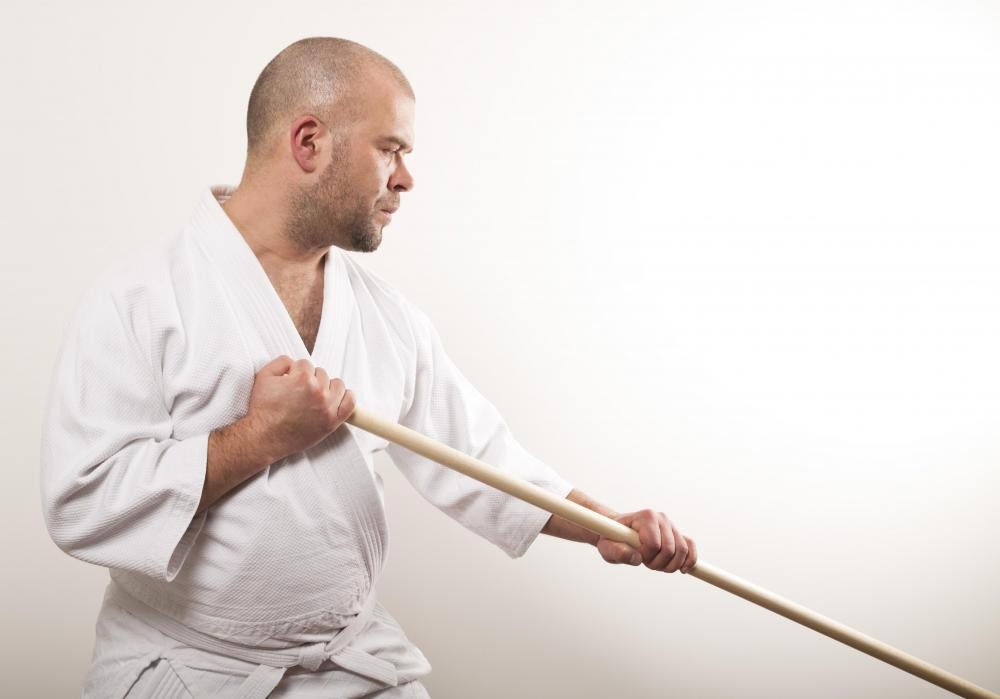Bokken Techniques – What Makes it Different from the Standard Aikido
Aikido is arguably the gentlest Japanese martial art, where practitioners learn to manipulate and redirect their opponent’s attacks and momentum, sometimes turning an attack against the same. So why would such a discipline include weapons training, and is it any different from the seemingly standard empty-handed practice?
Before you disregard learning aikido bokken techniques as extra training – or worse, pointless training – here’s what you need to know about the practice tool and how one’s aikido training will differ.
Japanese Swords and Bokken
Japanese swords were originally taken from Chinese ones, but as Japanese martial arts developed, their weapons changed – and so did their swords. Where Chinese swords were long and straight, used more for thrusting into opponents, Japanese swords became somewhat curved, making them better suited to slashing at opponents.
A bokken (also called bokuto) is similar in shape to a katana but made of wood, and this practice tool has been used to train samurai. It’s an important practice aid because there are certain movements and techniques that need to be practiced countless times but can be dangerous if an actual sharp blade were used.
Bokken and Aikido
In aikido, it’s perfectly fine to concentrate on empty-handed techniques, because as far as real-world simulation goes, that’s the closest practitioners will get in the standard practice session. However, weapons training is important, too, and has some incredibly important benefits for any student of aikido who wishes to drastically improve their techniques.
First, training with a bokken helps aikido practitioners learn more about timing and distance, which will be helpful if they find themselves facing someone who’s armed with a blade of some kind, or else an improvised weapon approximately the length of a bokken.
Second, bokken training helps practitioners hone their techniques better, since most of the kata (drills) in aikido represent the cut of a sword in some way.
It’s important to note that a bokken will handle differently compared to a katana; the former is lighter than the former, which needs more force and strength to control or stop slashes and cuts. Despite this difference, however, training with a bokken will still help practitioners refine their movements and develop better coordination. This is because as they get used to using a bokken, their centre of gravity shifts and they learn to move more fluidly and efficiently.
So is aikido training with a bokken different from the usual? At first glance, the answer is yes because trainees have something in their hands, which would lead to some noticeable differences in their movements and the execution of techniques. Fundamentally, however? There’s no difference. Bokken training is, in fact, part and parcel of aikido training.
So if you want to continue your aikido practice and start learning techniques that use bokken, or you’re a complete beginner to aikido and want to find a place where you can learn, you can visit this page for more information.




